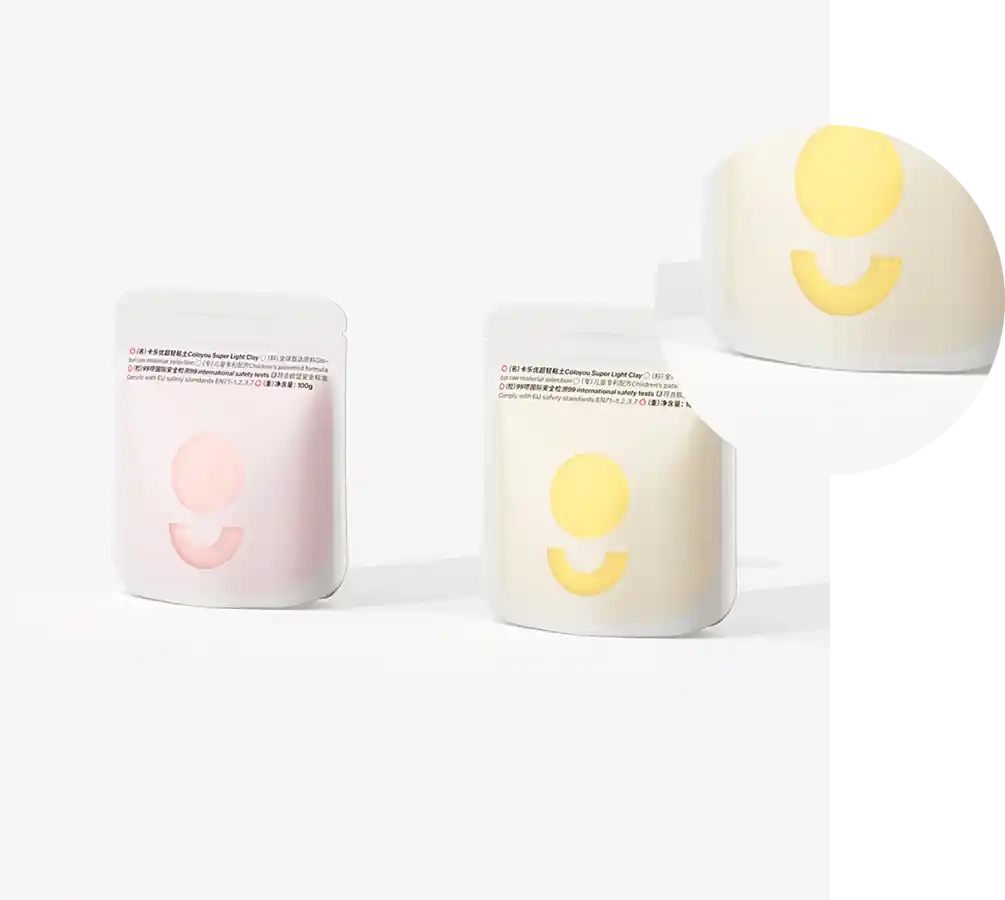- Afrikaans
- Albanian
- Amharic
- Arabic
- Armenian
- Azerbaijani
- Basque
- Belarusian
- Bengali
- Bosnian
- Bulgarian
- Catalan
- Cebuano
- chinese_simplified
- chinese_traditional
- Corsican
- Croatian
- Czech
- Danish
- Dutch
- English
- Esperanto
- Estonian
- Finnish
- French
- Frisian
- Galician
- Georgian
- German
- Greek
- Gujarati
- haitian_creole
- hausa
- hawaiian
- Hebrew
- Hindi
- Miao
- Hungarian
- Icelandic
- igbo
- Indonesian
- irish
- Italian
- Japanese
- Javanese
- Kannada
- kazakh
- Khmer
- Rwandese
- Korean
- Kurdish
- Kyrgyz
- Lao
- Latin
- Latvian
- Lithuanian
- Luxembourgish
- Macedonian
- Malgashi
- Malay
- Malayalam
- Maltese
- Maori
- Marathi
- Mongolian
- Myanmar
- Nepali
- Norwegian
- Norwegian
- Occitan
- Pashto
- Persian
- Polish
- Portuguese
- Punjabi
- Romanian
- Russian
- Samoan
- scottish-gaelic
- Serbian
- Sesotho
- Shona
- Sindhi
- Sinhala
- Slovak
- Slovenian
- Somali
- Spanish
- Sundanese
- Swahili
- Swedish
- Tagalog
- Tajik
- Tamil
- Tatar
- Telugu
- Thai
- Turkish
- Turkmen
- Ukrainian
- Urdu
- Uighur
- Uzbek
- Vietnamese
- Welsh
- Bantu
- Yiddish
- Yoruba
- Zulu
how many cc oxygen absorber for 1 gallon
Understanding Oxygen Absorbers How Many cc for One Gallon?
Oxygen absorbers are essential tools in food preservation, playing a crucial role in extending the shelf life of various products. When it comes to packaging food items in vacuum-sealed environments, the right size and quantity of oxygen absorbers are of utmost importance. This article delves into how to determine the appropriate number of cc (cubic centimeters) of oxygen absorbers needed for one gallon of storage.
What Are Oxygen Absorbers?
Oxygen absorbers are small packets filled with iron powder and other materials that react with oxygen in the air. By absorbing the oxygen, these packets help to prevent spoilage, rancidity, and degradation of food. This is particularly important for items that are sensitive to oxidation, such as dehydrated foods, grains, and even some spices.
Why Use Oxygen Absorbers?
The primary purpose of an oxygen absorber is to create an anaerobic environment, where oxygen levels are drastically reduced. This method is effective in prolonging freshness and preventing microbial growth, which can all contribute to preserving the quality and nutrition of food. In addition, oxygen absorbers can help maintain the aroma and flavor, ensuring that when you eventually open the package, the product tastes as fresh as the day it was sealed.
Determining the Right Amount
When storing food, especially in larger quantities like one gallon, it’s crucial to use the right amount of oxygen absorbers. The efficiency of these absorbers largely depends on the volume of air that needs to be removed from the packaging in which the food is stored. A common rule of thumb is to use a certain number of cc (cubic centimeters) of oxygen absorbers per volume of food.
For one gallon of storage, the general recommendation is to utilize 300-500 cc of oxygen absorbers
. Since one gallon is equivalent to approximately 3,785 cc, it allows for the absorption of sufficient oxygen while accounting for the airspace present in the packaging.Calculating the Exact Needs
how many cc oxygen absorber for 1 gallon

To determine the exact quantity needed, consider the following factors
1. Type of Food Different foods have varying levels of perishability. For example, nuts and dried fruit may require a higher cc rating due to their oils, while grains may need less. 2. Packaging Type If the packaging is not completely airtight, more absorbers may be necessary to account for the continuous influx of oxygen.
3. Storage Duration Longer storage times typically require more oxygen absorbers to ensure that all the oxygen is consumed before it affects the food quality.
Practical Tips for Use
1. Size Matters Ensure the size of the oxygen absorber packets fits well within the storage container to maximize their effectiveness. Generally, smaller packets (1-300 cc) can work well for individual storage, while larger packets (500 cc and above) are suited for bulk items.
2. Sealing After placing the oxygen absorbers into the packaging with the food, ensure it is properly sealed to maintain the anaerobic environment.
3. Monitor the Environment It's good practice to periodically check the integrity of the sealing and the condition of the absorbers, especially if the storage duration extends beyond a few months.
Conclusion
In conclusion, using oxygen absorbers is a smart and effective way to prolong the shelf life of food stored in a one-gallon container. By using 300-500 cc of oxygen absorbers based on the food type and storage conditions, you can ensure that your foods remain fresh, flavorful, and nutritious for an extended period. Proper usage and understanding of these absorbers can significantly enhance food preservation strategies in various settings.













